If you’re hooked on the creamy, earthy sweetness of a Starbucks Matcha Latte, you’re not alone. But what if you could make the same comforting drink at home—healthier, cheaper, and just as satisfying?
This guide breaks down everything you need to know: from what’s really in Starbucks matcha, to calories, copycat recipes, and milk swaps. Whether you love it iced, hot, or with oat milk, this is your one-stop hub for matcha lovers craving both flavor and facts. Let’s dig in and stir up a latte that hits all the right notes.
Table of Contents
Why I Recreated the Starbucks Matcha Latte at Home
I’ll be honest: spending over five bucks on a drink with three ingredients didn’t sit right with me, especially once I learned more about the actual Starbucks matcha ingredients.
It turns out, the signature green powder at Starbucks isn’t ceremonial grade, and it’s blended with sugar by default. That’s why I created a copycat version that puts you in control—of sweetness, caffeine, and what goes into your cup.
Homemade matcha lattes give you room to explore: different milk options like oat or almond, hot or iced formats, even frothing techniques that feel just like the barista-style finish. Plus, when you start using pure matcha powder, you unlock the real health benefits—antioxidants, focus, and less of that coffee crash.
You’ll also appreciate that compared to the Starbucks matcha latte calories, your version can cut the sugar by half without losing flavor.
The best part? My kids can have their own decaf versions—and yes, they think matcha is just “green milk.” I’m not correcting them anytime soon.
Inside the Starbucks Matcha Latte
Understanding What Makes It So Popular
If you’ve ever sipped a Starbucks Matcha Latte and thought, “Wow, this is sweet,” you’re not wrong. What many don’t realize is that Starbucks doesn’t use pure matcha powder. Instead, it uses a proprietary matcha blend—half green tea powder, half sugar.
A tall (12 oz) latte typically includes:
- 3 scoops of the matcha blend
- Roughly 15–24 grams of sugar (even before syrup or flavored milk)
- About 3 grams of actual matcha
That’s why the drink has a consistent sweetness, even if you don’t ask for sugar. It also explains why many people feel energized and satisfied quickly—it’s as much about the sugar rush as the tea itself.
Starbucks Matcha Ingredients Exposed
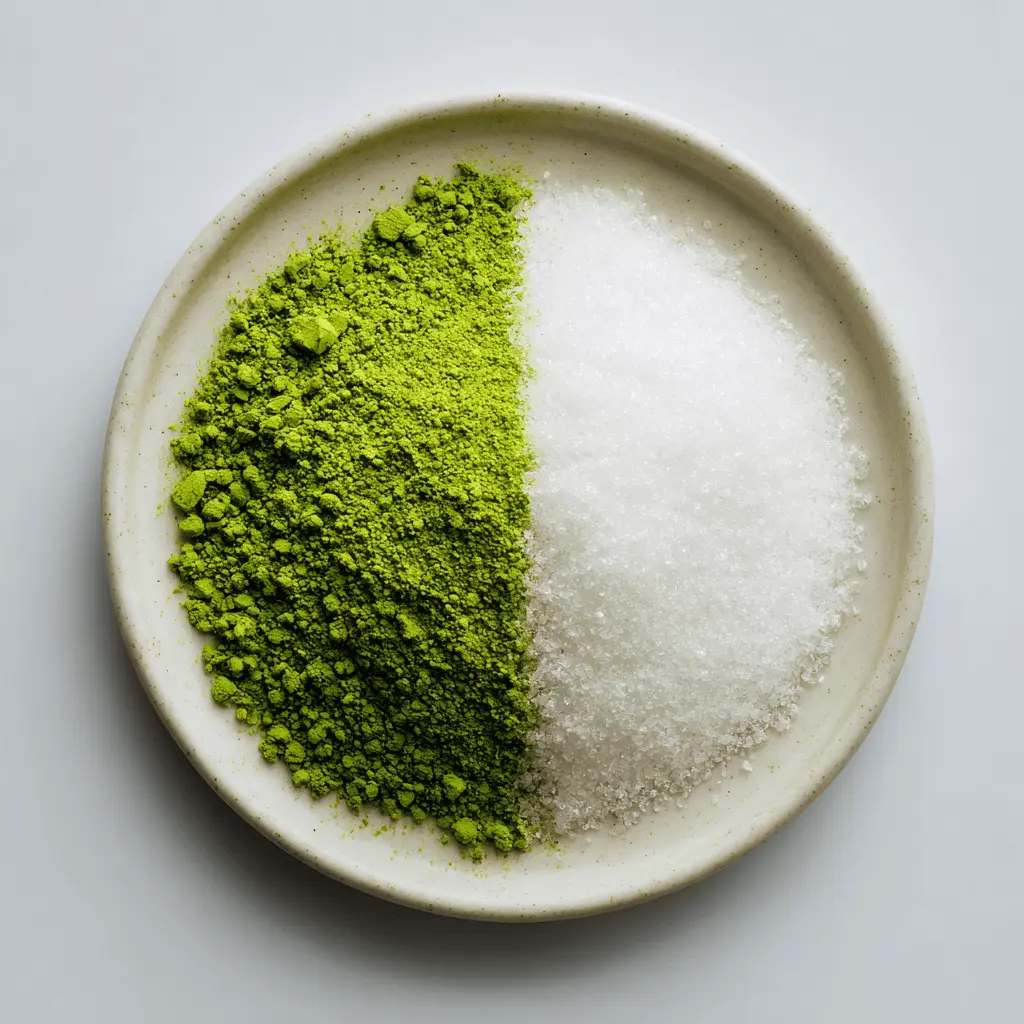
The matcha blend is far from ceremonial-grade. Instead, Starbucks uses a food-service grade powder mixed with sugar for consistency and cost-effectiveness. If you’re interested in the exact ingredients and how they stack up against pure matcha, don’t miss this full breakdown of Starbucks matcha ingredients. It explains:
- Where the green tea is sourced
- Why Starbucks uses a pre-sweetened formula
- How it differs from traditional Japanese matcha
Why the Green Drink Is a Daily Ritual for So Many
Even with added sugar, the Starbucks Matcha Latte remains a go-to drink for those seeking a gentler caffeine hit. Matcha contains L-theanine, which delivers a smooth, focused boost of energy. Combined with steamed milk and natural sweetness, it’s an indulgence that feels clean—even if it’s not.
Why so many make it a daily habit:
- It’s comforting and customizable (hot, iced, or milk of choice)
- The earthy flavor balances the sweetness well
- It’s marketed as a “healthier” alternative to coffee drinks
- It gives a mild caffeine boost without the crash
Starbucks Matcha Latte Nutrition & Calories
If you’re watching sugar or calorie intake, it’s essential to know the numbers. A grande matcha latte with 2% milk has around 240 calories and 32g of sugar. Use whole milk or oat milk, and the count can climb higher. For a full nutritional breakdown, sizes, and how different milk options compare, visit our complete guide to Starbucks matcha latte calories.
Making Your Own Starbucks Matcha Latte
Step-by-Step Copycat Method at Home
You don’t need a $5 Starbucks run to enjoy a creamy matcha latte. With the right ingredients, you can make your own version that tastes just as good—if not better. The secret? Use high-quality matcha powder, not the sugar-heavy blends.
Here’s what you’ll need:
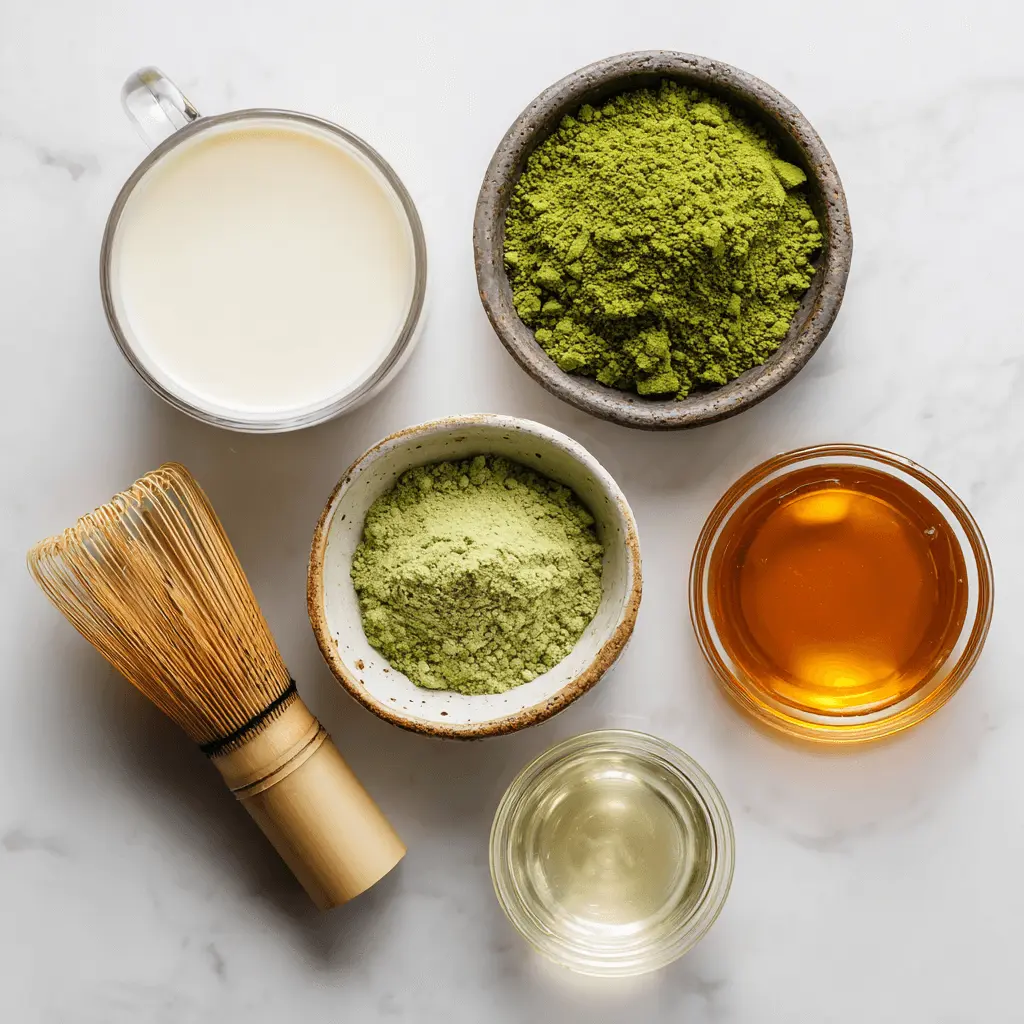
- Pure matcha powder (look for first or second harvest from Japan)
- Milk of choice (whole, almond, oat, or soy)
- Hot water (not boiling—175°F is ideal)
- Sweetener (optional: honey, maple syrup, or monk fruit)
- Hand frother or whisk (a bamboo chasen works great too)
Skip the instant mixes. Starting with quality matcha allows you to control sweetness, caffeine, and flavor. Whether you’re making it hot or iced, the process is simple and rewarding. For a fully guided version, check out our complete tutorial on how to make matcha latte from scratch.
Starbucks Iced Matcha Latte Options
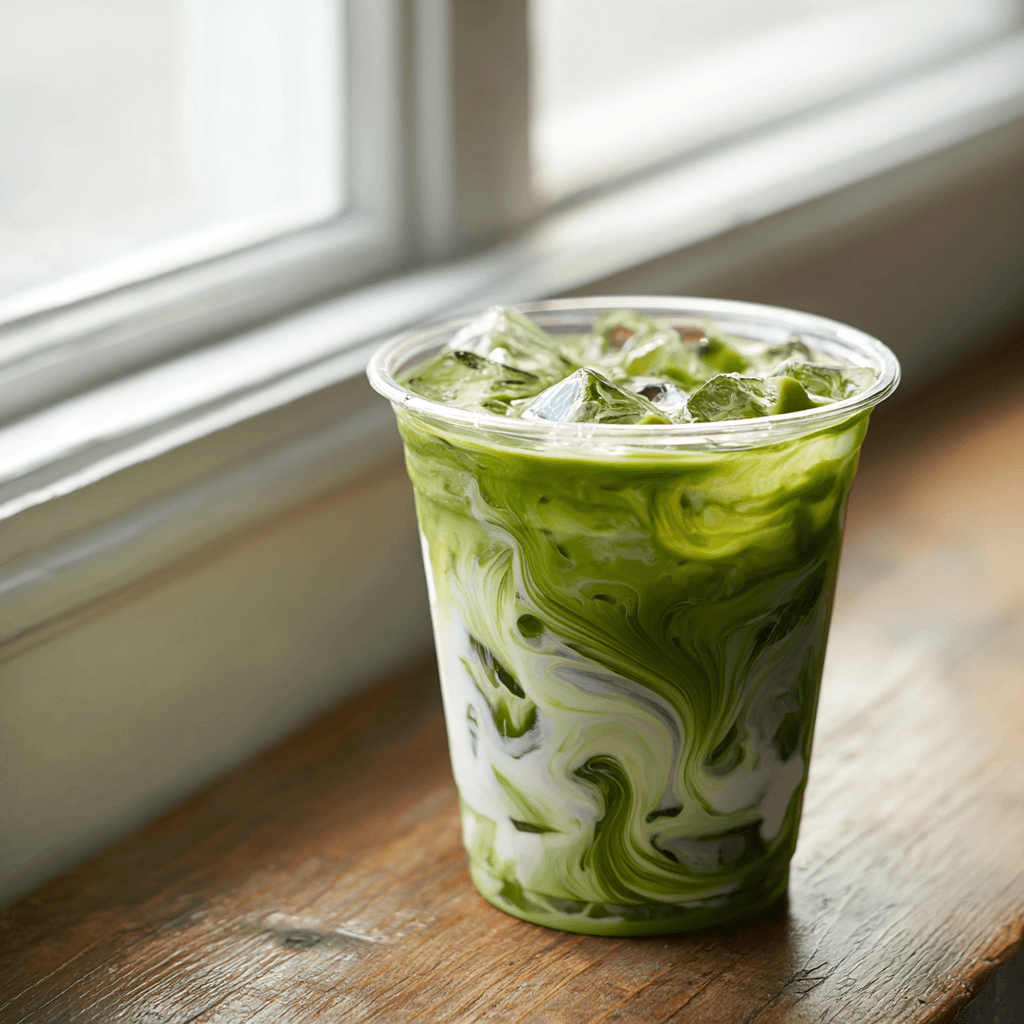
If you’re into cold, refreshing drinks, the Iced Matcha Latte at Starbucks is likely what you’re aiming to replicate. The iced version is wildly popular in warmer months—and even easier to make at home. Just whisk your matcha with cool water, pour it over ice, and add your favorite milk.
Try this variation at home:
- 1 tsp matcha powder
- 2 oz cool filtered water
- 1 cup milk of choice
- Ice cubes
- Optional: 1 tsp simple syrup or honey
Stir or shake until frothy, and you’ve got a clean, chilled version with no mystery sugars.
Step-by-Step Instructions for a Creamy, Frothy Finish
Making your latte the right way comes down to two things: whisking and heating. Here’s the step-by-step process for the hot version:
1. Sift the matcha:
Use a fine mesh strainer to sift 1–2 teaspoons of matcha into a bowl or mug. This removes clumps.
2. Add hot (not boiling) water:
Pour in about 2 oz of water heated to 170–175°F.
3. Whisk vigorously:
Using a bamboo whisk or frother, whisk the mixture in a zigzag pattern until frothy and smooth.
4. Heat and froth your milk:
Warm ¾ cup milk (do not boil), then froth using your preferred method—hand frother, electric wand, or steamed.
5. Combine and enjoy:
Pour the frothed milk into your matcha concentrate. Sweeten to taste and enjoy immediately.
Starbucks Matcha Latte with Oat Milk
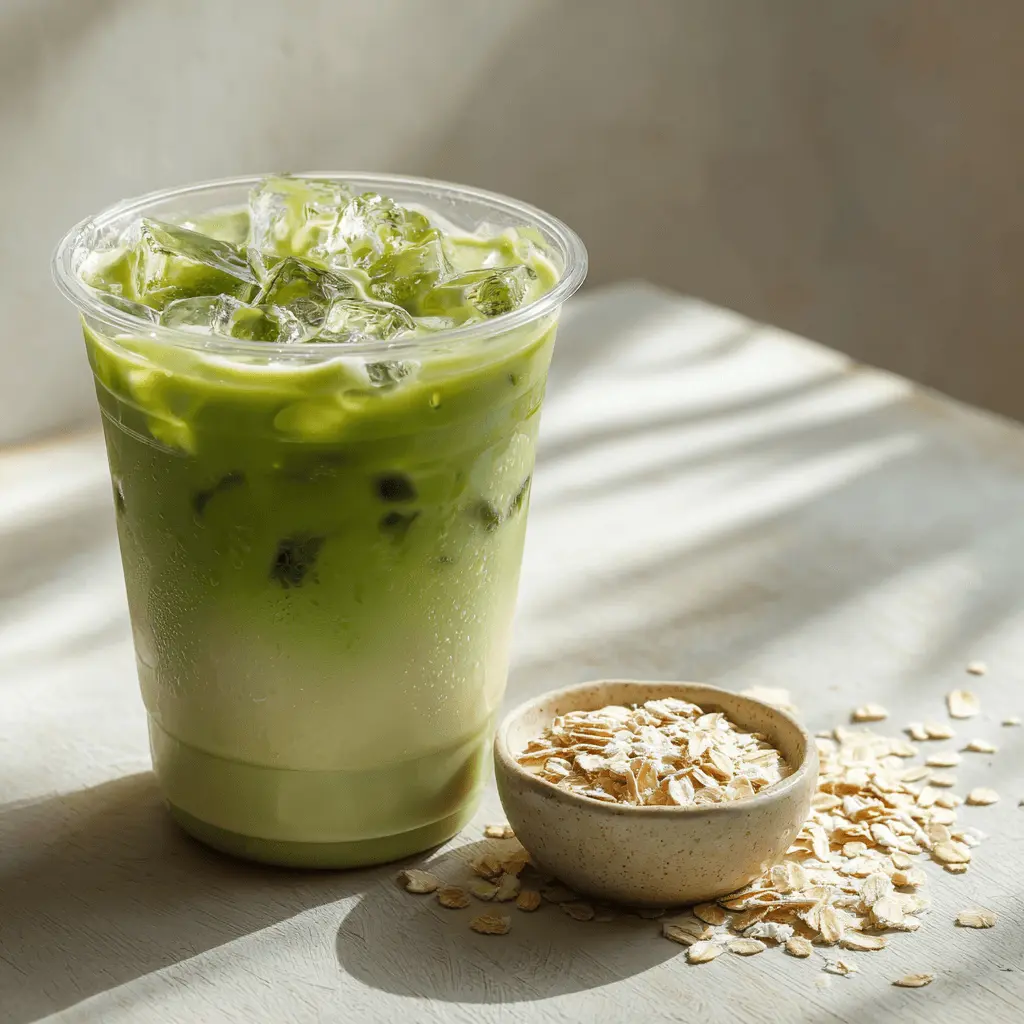
Many fans prefer the earthy-sweet combo of matcha and oat milk. It’s naturally sweet, dairy-free, and blends beautifully. The Starbucks Matcha Latte with Oat Milk is one of the most requested customizations—and for good reason.
Here’s how to make the oat milk version at home:
- Use unsweetened oat milk to cut back on sugar
- Froth as you would with regular milk (oat milk foams well)
- Add a dash of vanilla extract or cinnamon for extra warmth
Making it yourself gives you full control over ingredients and nutrition—unlike the Starbucks version, which adds hidden sugar from both the matcha blend and sweetened oat milk.
Customizing for Taste & Health
Low-Sugar, Dairy-Free, or Caffeine-Controlled Options
One of the best parts of making a Starbucks Matcha Latte at home is freedom—freedom to ditch the sugar, pick your milk, and adjust the strength. Whether you’re cutting calories or avoiding dairy, you have full control.
Here are a few popular customizations:
- Unsweetened matcha + almond milk = low-calorie, clean energy
- Oat milk + a touch of maple syrup = dairy-free comfort
- Half-scoop matcha + extra frothy milk = lower caffeine option
- Add-ins like collagen, vanilla extract, or cinnamon = bonus nutrition and flavor
Most Starbucks drinks rely on pre-mixed ingredients that don’t allow customization beyond milk swaps. That’s where making it yourself becomes a game-changer.
Curious how your version compares nutritionally? Revisit the Starbucks Matcha Latte calories breakdown to see just how much sugar and fat you’re cutting by skipping their blend.
And for even more ideas on perfecting your technique and flavor, check out our step-by-step guide on how to make matcha latte with clean ingredients and full flavor control.
Cost Breakdown & Health Benefits Compared to Starbucks
A grande Starbucks Matcha Latte runs around $5–$6, depending on milk type. Oat milk or iced versions often add extra charges. Over a month, that’s easily $150 or more just on lattes.
Let’s break down a basic homemade version:
| Ingredient | Cost Per Serving |
|---|---|
| Ceremonial matcha (1 tsp) | $0.80 |
| Milk (any variety) | $0.50 |
| Optional sweetener/spices | $0.10 |
| Total | ~$1.40 |
You’re saving up to 75%, and you’re in full control of ingredients.
Starbucks Matcha Green Tea Latte vs Other Variants
There are a few matcha options at Starbucks, but they all use the same sweetened base. From hot lattes to frappuccinos, they differ mainly in milk choice and prep. Our detailed comparison of the Matcha Green Tea Latte at Starbucks covers:
- How the green tea latte differs from other Starbucks matcha drinks
- Best (and worst) milk combos for flavor and nutrition
- Whether the “green tea” label really means better for you
Spoiler: Making your own is not only cheaper—it’s genuinely healthier.
FAQs About Starbucks Matcha Latte
Is matcha latte from Starbucks healthy?
A Starbucks Matcha Latte can be a comforting drink, but it’s not exactly a health beverage. The matcha powder used is blended with sugar—roughly 50% by weight. A grande contains around 32g of sugar and 240 calories, depending on the milk. While matcha does offer antioxidants and L-theanine, the benefits are diluted by added sugar. For a cleaner version, try making your own at home using pure matcha powder.
What does Starbucks put in matcha lattes?
The Starbucks Matcha Latte is made with just two ingredients: their proprietary matcha blend and milk. However, the matcha blend is a 50/50 mix of sugar and green tea powder. That means even if you don’t add any syrup, your drink is still heavily sweetened. For a full breakdown of this blend, see our guide to Starbucks matcha ingredients and how it compares to real ceremonial-grade matcha.
Is Starbucks matcha high in caffeine?
Yes, but it’s lower than coffee. A tall Starbucks Matcha Latte has about 55mg of caffeine, which comes from the matcha itself. That’s roughly half the amount in a typical brewed coffee. Matcha also contains L-theanine, which promotes calm focus without a crash. If you’re sensitive to caffeine, you can ask for fewer scoops or make a half-strength version at home.
Why is Starbucks matcha so high in sugar?
Because Starbucks pre-mixes its matcha with sugar at a 1:1 ratio. That means every scoop of their matcha powder includes just as much sugar as tea. Since a standard drink includes 3–4 scoops, the sugar content can rival or exceed that of a soda. This is why making a homemade version with unsweetened matcha is the healthier, smarter option.
Conclusion: Starbucks Matcha Latte Made Better at Home
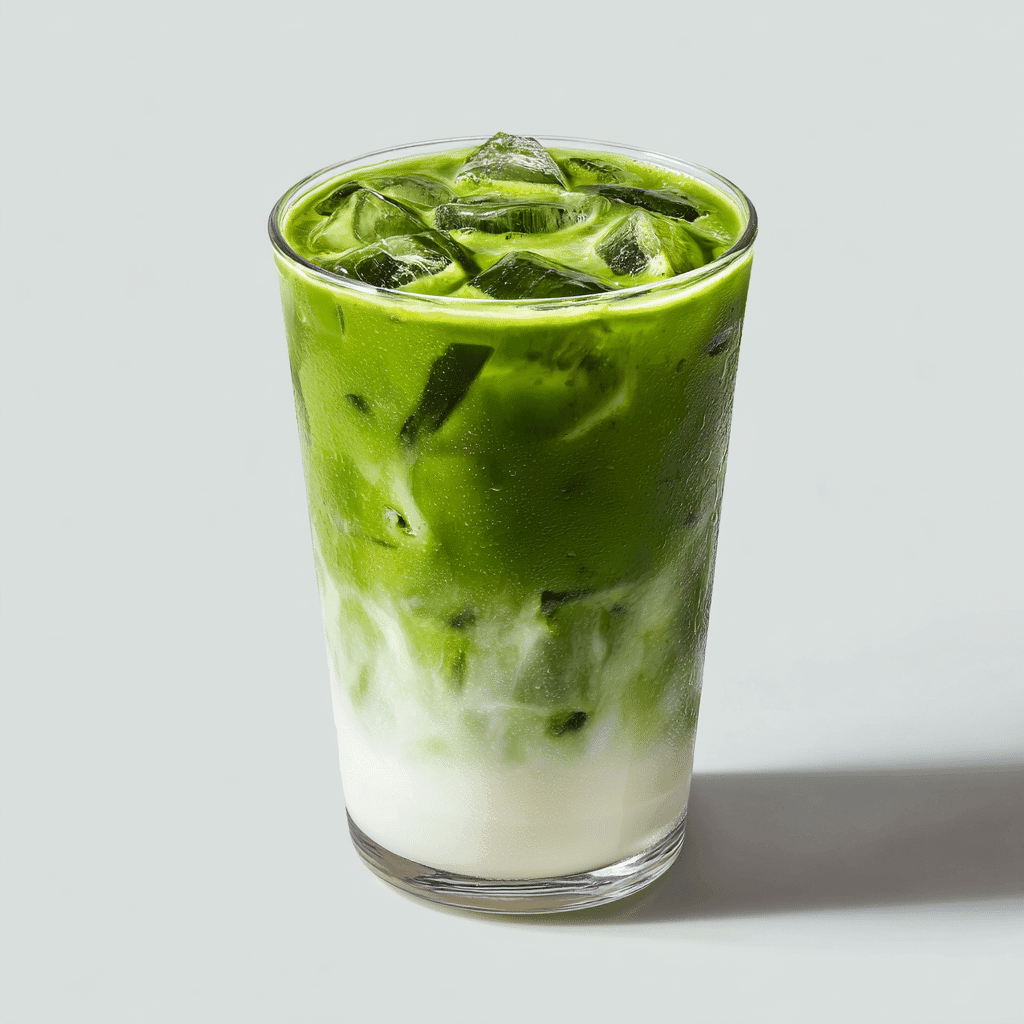
There’s no denying the appeal of a Starbucks Matcha Latte—it’s creamy, comforting, and gives you that smooth boost of energy we all crave. But once you understand what’s actually in it—added sugars, pre-mixed powders, and a price tag that adds up fast—it’s clear that making your own version at home is the smarter move.
When you make it yourself, you control every ingredient: the quality of the matcha, the type of milk, the level of sweetness, and even the caffeine. You save money without sacrificing flavor, and better yet, you reclaim the health benefits matcha was known for in the first place.
Whether you like it hot, iced, or with a splash of oat milk, this copycat recipe lets you create a matcha latte that actually lives up to the name—pure, satisfying, and made just the way you like it.
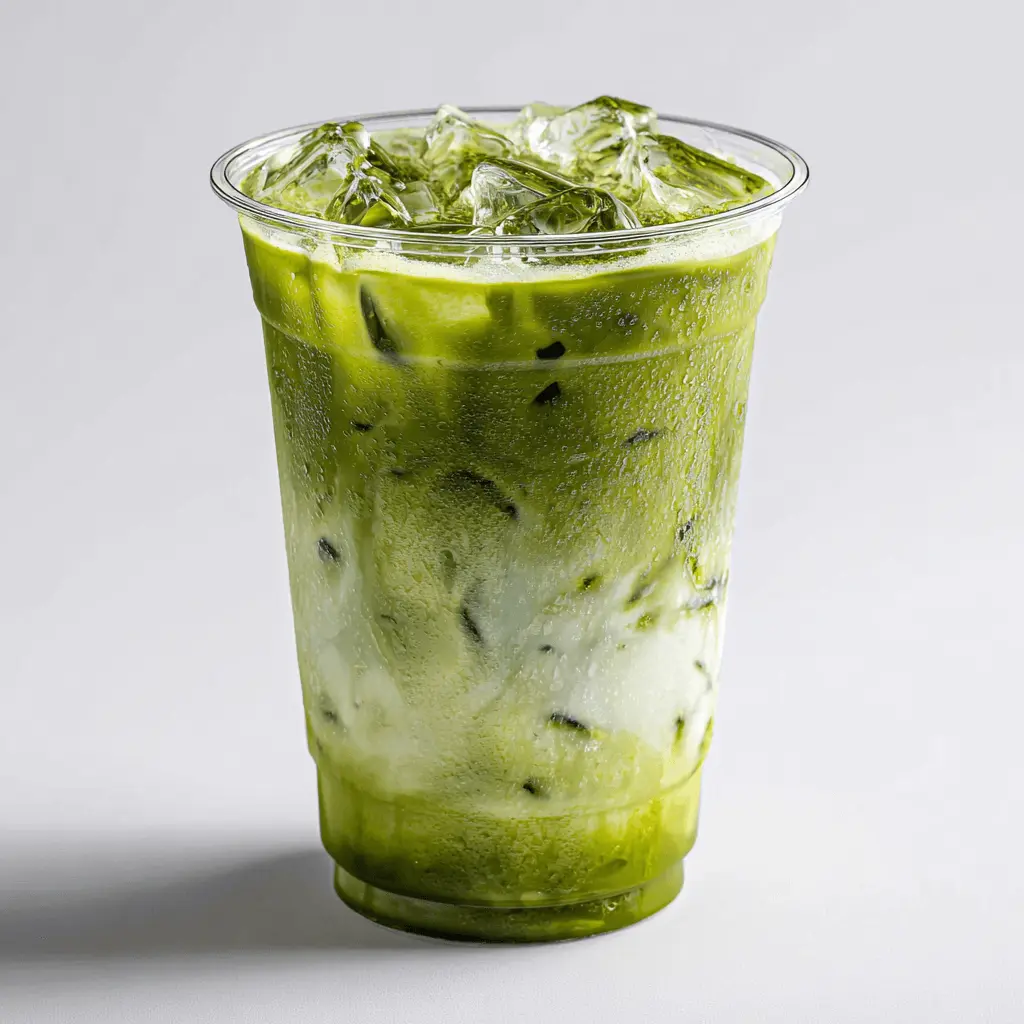
Copycat Starbucks Matcha Latte
Ingredients
Equipment
Method
- Choose your preferred milk and pour it into a blender or shaker.
- Add 1–2 teaspoons of matcha powder.
- Add 1 tablespoon of vanilla syrup.
- Add 1 cup of ice and blend or shake until well combined and frothy.
- Pour into a glass and enjoy immediately.
Nutrition
Notes
- You can use any milk of your choice (cow, almond, coconut, etc.) to suit your dietary preference.
- Nutrition is based on whole cow milk.
- Adjustments may be needed for plant-based alternatives.
Tried this recipe?
Let us know how it was!Craving more cozy drinks and comfort food?
Follow me on Facebook and Pinterest for daily recipes straight from my kitchen to yours. From homemade favorites to new twists on classics, there’s always something hearty waiting for you.


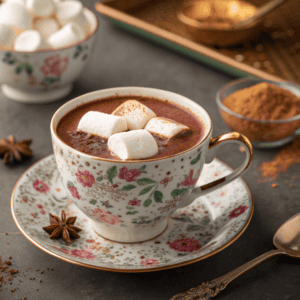
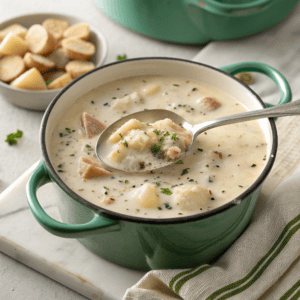
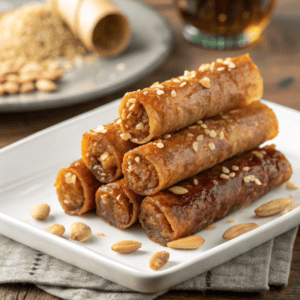
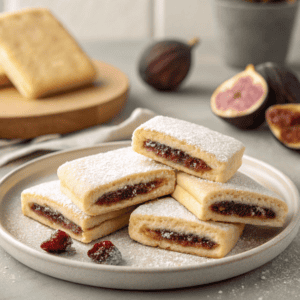
3 thoughts on “Starbucks Matcha Latte: Copycat Recipe for a Creamy, Healthy Fix”